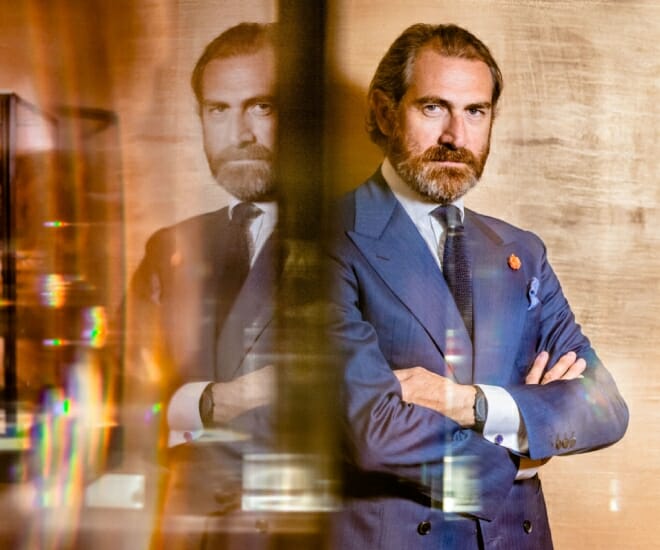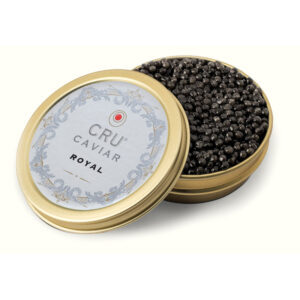To Bvlgari’s product creation executive director Fabrizio Buonamassa Stigliani, design and creativity are not circumscribed by object categories—they are an all‑encompassing spirit and sensibility.

An aesthete in every sense of the word, Fabrizio Buonamassa Stigliani, product creation executive director at Bvlgari, is no stranger to the power of lateral thinking, having designed across a wide swath of products, from breathtaking automobiles to sleek furniture and the groundbreaking, record‑breaking Bvlgari Octo Finissimo collection of watches. While he was in Singapore recently for the fourth edition of LVMH Watch Week, we caught up with him to pick his brain on the house’s distinct style signature, the need to nourish one’s creativity and the meaning of good design.
Is there a through line among the Bvlgari timepieces presented at LVMH Watch Week 2023?
Colour is one, but for Bvlgari, colour is always a through line. This year, we present jewellery watches and when we talk about jewellery, we talk about colours.
How would you describe the unmistakably Italian way of mixing and matching colour, because it’s quite striking and distinct.
And unique. We have a natural aptitude for certain things. For us, beauty is not a philosophical concept; it’s a part of our DNA. We grow up surrounded by beauty, thanks to the amazing history that we have in art, and after that, it’s a matter of taste. Bvlgari is well known for playing with different and unique colour schemes as well as with coloured gemstones. In the end, it’s in the DNA of the brand to play with colour.
Tell us more about the creative process of developing a timepiece.
It’s difficult to say because we don’t have just one design process for one watch. The creative process is one of the biggest mysteries. Everyone is a creative person in a different field, honestly, but the difference between a pro in creative things and the common person is that the former is able to manage their creativity and nourish it. And even the way to nourish creativity, it’s important because it’s like a field of grass: You have to cut it sometimes. In certain moments, you have to completely change your point of view. You have to nourish your creativity with different things because otherwise, you’ll make the same object every time. Visit places, see things, talk with interesting people who are different from you to gain a new point of view. You have to be open‑minded and then maybe you can uncover ideas.
You’ve talked about the connection between designing cars and watches as well as your background as an industrial designer. How does your interest and experience in so many different product categories influence how you create?
It gives us the opportunity to change our point of view. It’s interesting that when you design jewellery, you design jewellery with a watch background, and vice versa, so the mix and match with different designs, technology, suppliers and clients makes the product different and unique. The idea is to be versatile and creative, and each time try a different way to express the spirit of the brand that makes sense to both long‑time and new clients. The brand is modern and that’s why we don’t use the archives so much. We rely on the archives for our cultural approach because [they’re] an amazing resource, but as creative people, you have to know the archives and forget [them] at the same time, because otherwise you start to make copies from the archives.
What does design mean to you?
For me, design is not an aesthetic; design is a way of thinking. When we talk about design, we often [think of it in terms of] a design object, an item that’s very well made. You know, in the Italian language, we don’t have the word “design” — we use “art applied to industry”. We mix art and industry, and this is unique. Maybe that’s why Italian design is different. The aesthetic is good if at the beginning, the idea is a quality idea that makes sense with respect to the needs of the market and is even able to anticipate the needs of the market. This is design; it’s not just one word or an aesthetic — it’s a real point of view.
For more reads on leaders, click here.

